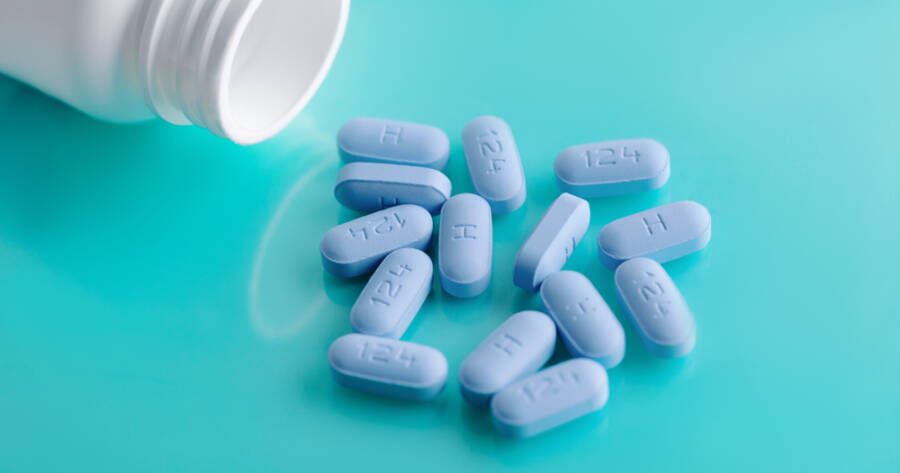Human Immunodeficiency Virus (HIV) is a virus that attacks the body’s immune system, specifically targeting CD4 cells (T cells), which are essential in fighting off infections. Left untreated, HIV can lead to Acquired Immunodeficiency Syndrome (AIDS), the final stage of HIV infection. While there is currently no cure for HIV, medical advances have made it possible for those living with the virus to lead long and healthy lives through early detection, consistent treatment, and regular monitoring.
Symptoms of HIV Infection
The symptoms of HIV infection can vary from person to person and may change over time. Early detection is crucial to managing HIV before it progresses to AIDS. Here’s a breakdown of the symptoms you might experience at different stages of HIV infection:
Acute HIV Infection (2 to 4 weeks after exposure)
Also known as acute retroviral syndrome (ARS) or primary HIV infection, this is the stage where individuals are most likely to experience flu-like symptoms. This is the body’s initial response to the virus. Common symptoms include:
- Fever
- Fatigue
- Swollen lymph nodes
- Sore throat
- Headache
- Muscle and joint aches
- Skin rash
- Mouth sores
These symptoms can last for a few days to several weeks and are often mistaken for a common cold or flu. It’s important to note that some people may not experience any symptoms at this stage, but the virus is still actively replicating in the body.
Clinical Latency Stage (Chronic HIV)
After the acute phase, HIV enters a stage called clinical latency, also referred to as chronic HIV. During this stage, the virus continues to reproduce at very low levels, but many individuals may not show any symptoms. Without proper treatment, this stage can last for many years. However, if HIV is left untreated, it can still damage the immune system gradually, even if no obvious symptoms are present. People in this phase are still contagious and can transmit the virus to others.
AIDS (Acquired Immunodeficiency Syndrome)
If left untreated, HIV can progress to AIDS, the final stage of the infection. At this point, the immune system is severely damaged, and the body becomes vulnerable to opportunistic infections and certain cancers. Symptoms associated with AIDS include:
- Rapid weight loss
- Recurring fever
- Profuse night sweats
- Prolonged swelling of the lymph glands
- Diarrhea that lasts for more than a week
- Sores or lesions in the mouth, anus, or genitals
- Pneumonia
- Memory loss, depression, and other neurologic disorders
Without treatment, AIDS is fatal, as the body loses its ability to fight off even common infections.
Treatment Options for HIV Infection
Although there is currently no cure for HIV, significant advances in treatment have dramatically improved the quality of life for people living with the virus. The goal of HIV treatment is to reduce the viral load (the amount of HIV in the blood) to undetectable levels and preserve immune function.
Antiretroviral Therapy (ART)
The primary treatment for HIV is Antiretroviral Therapy (ART), which involves taking a combination of HIV medicines every day. ART does not cure HIV, but it can control the virus, reduce the viral load to undetectable levels, and prevent transmission of the virus to others (undetectable = untransmittable, or U=U). ART typically includes a mix of three or more antiretroviral drugs that target different stages of the virus’s lifecycle.
Common classes of ART drugs include:
- Nucleoside reverse transcriptase inhibitors (NRTIs): These block the virus from converting its RNA into DNA.
- Non-nucleoside reverse transcriptase inhibitors (NNRTIs): These also inhibit the reverse transcriptase enzyme.
- Protease inhibitors (PIs): These prevent the virus from making new, infectious particles.
- Integrase inhibitors: These block the virus from inserting its genetic material into the host cell’s DNA.
- Entry inhibitors: These prevent the virus from entering healthy cells.
Regular monitoring and follow-ups are essential to ensure that ART is working effectively, and to adjust the treatment plan if necessary.
Prevention and Prophylaxis
While ART is the mainstay of HIV treatment, prevention remains crucial in reducing the spread of HIV. For those at risk of contracting HIV, pre-exposure prophylaxis (PrEP) is a highly effective strategy. PrEP involves taking a daily pill that significantly reduces the risk of HIV infection in high-risk individuals, such as those with HIV-positive partners. Post-exposure prophylaxis (PEP) is another option, which is an emergency treatment taken within 72 hours of potential HIV exposure to prevent infection.
Supportive Care
Along with ART, people living with HIV may need other forms of medical care to manage complications or side effects. This may include medications to prevent or treat opportunistic infections, as well as mental health support to help individuals cope with the emotional and psychological impacts of living with HIV.
Managing HIV with Early Detection and Effective Treatment Options
HIV is a manageable chronic condition, and early detection, along with consistent treatment, can help people living with the virus lead long and healthy lives. Symptoms of HIV infection can vary, and some people may not experience noticeable signs, particularly during the early stages. Regular testing is vital for early intervention. With the advent of ART and other preventive measures, people with HIV can maintain their health and prevent the transmission of the virus to others. By adhering to prescribed treatments and receiving ongoing medical care, individuals with HIV can thrive and live fulfilling lives.

